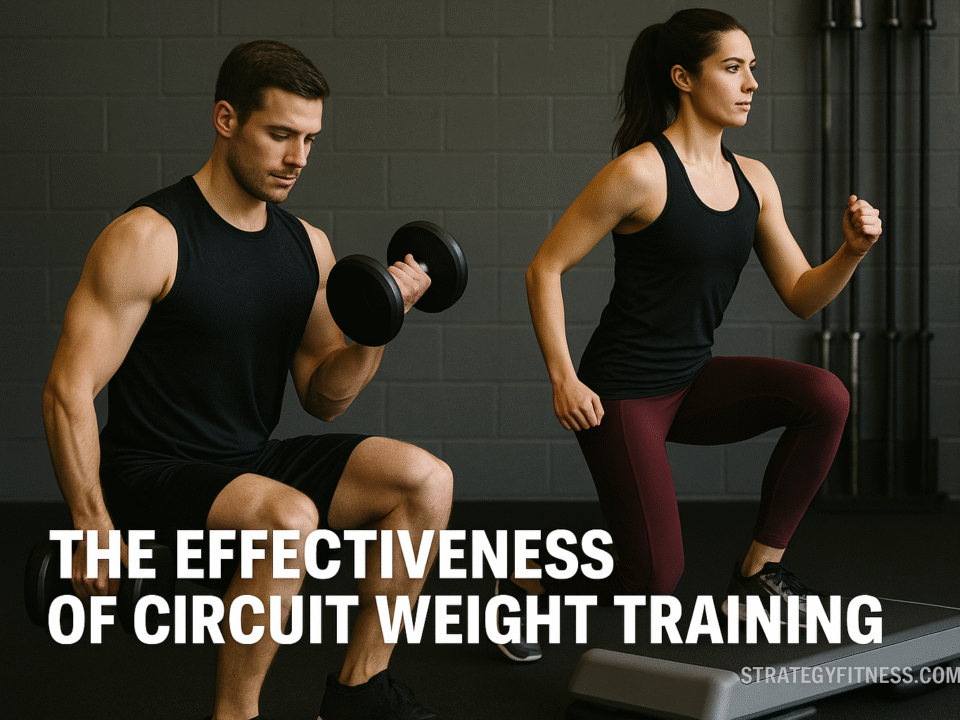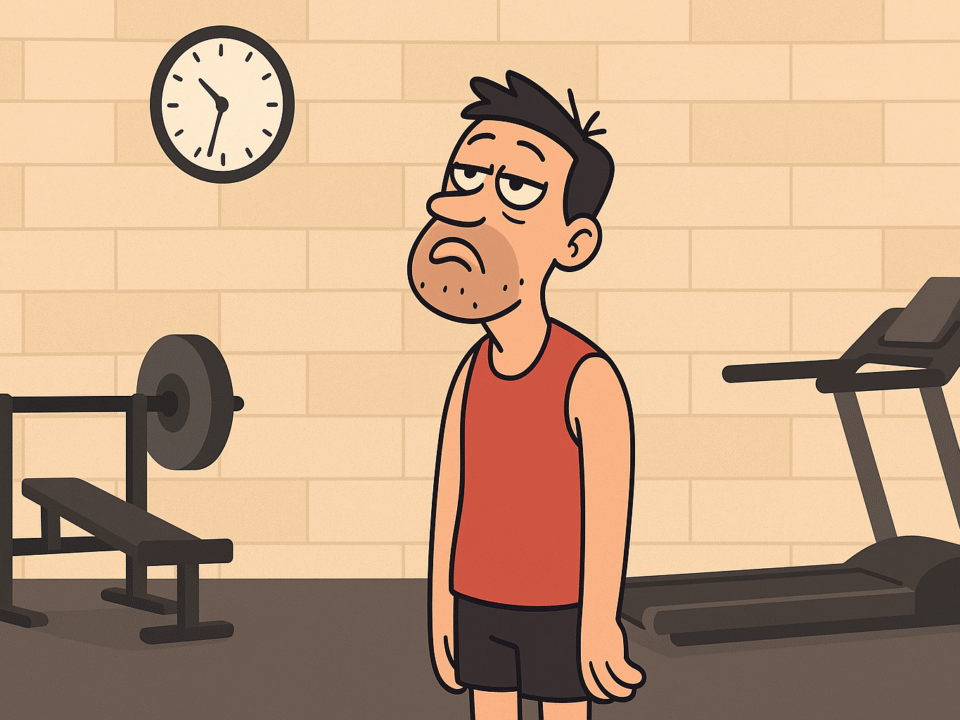
Going Too Hard?
August 2, 2020
Staying Motivated Home Workouts
December 1, 2020Weightlifting After the Covid-19 Break. What do You Need To Think About?
When going back to the fitness center or gym, your first inclination would be to bounce back to your old
exercise routine. But fitness experts will tell you that this is a bad idea.
On the bright side, you will quickly bring back any muscle and strength you might have lost
during the break. On the flip-side, you will be exposed to muscle damage, and get more sore
after the exercises.
Although you’ve been training from home, you will still get more soreness and muscle damage
because heavy barbell exercises come with a lot more pressure. Moreover, your style on the
compound lifts ups such as bench press, deadlift, overhead press, and squats, will be rusty,
limiting your capabilities to lift more, and leaving you at risk of injury.
What’s more, if you jump back to the old training routine, you will likely not progress faster than
easing back to weighty barbell exercises. Your muscle soreness from the first few exercises
could be one primary reason for your slowed progress. The soreness delays your capability to
add weights and boost your techniques. Also, it might make you skip several workouts because
you’d not want to exercise with injuries.
With these analyses, the disadvantages of diving back to the old weightlifting routine exceeds the
benefits.
What are you supposed to do instead?
In the first few days in the gym, you should focus on training in a manner that improves your
technique, and prepares you for heavy weightlifting. That is, you slowly reintroduce your body
to strength training. Work on enhancing your bench press, military press form, squat, and
deadlift. After several days of this exercise, you can transition back to the old routine with much
ease.
Here’s how to train in the first month of resuming to the gym:
As you learned earlier, during the first days of doing strength training, you develop soreness after
weightlifting, but the soreness stops with time. Thanks to the repeated bout effect phenomenon,
muscles become resistant to damage caused by strength training.
You may not know that going too hard on weights does not necessarily mean you’ll reap all the
benefits that come with the repeated bout effect. But training with reasonably light weights
protects you from damages brought by heavy weightlifting.
How light or heavy should your weights be in the gym?
Well, if you have a bit of weightlifting experience, and only took a break due to the current
pandemic, you are less sensitive to muscle damage than someone who is completely untrained. It
is especially true for you because you’ve been performing some home exercises during the
lockdown.
Here are the recommended weights in the first week after returning to the gym:
Use around 50 percent of your 1RM (One – rep max) on the compound workouts.
Use 5 RIR (Reps in Reserve) on the isolation workouts.
The concept RIR represents the number of more reps you can do in a particular set if you had to.
Like an experienced weightlifter, there is a way you talk when referring to your weightlifting
sets; this is after doing a set of tight barbell curls, “Man! Wasn’t that a grinder? I had one more
rep in the tank!” Here, you are referring to an RIR of 1. Therefore, an RIR of 5 indicates you
could perform five more reps if you had to.
After the first week in the gym, increase the compound workouts intensity to 60 percent of your
1RM. When it comes to your isolation workouts, bump-up the intensity level to 4 RIR. On the
third week, employ 70 percent of 1RM for the compound workouts, and 3RIR for the isolation
workouts. On the fourth week, apply 80 percent of the 1RM on your compound workouts, and
2RIR on the isolation workouts.
Perform one to three sets in every compound workout and two to three sets in every isolation
exercise
As your body gets accustomed back to weightlifting, you’ll also want to slowly increase your
exercise volume to have more challenging workouts.
Here’s a plan to help you increase your volume gradually:
o During the first week, do one set in every compound exercise, and do two sets in every
isolation exercise.
o On the second week, perform two sets in every compound exercise, and do three sets in
every isolation exercise.
o During the third and fourth weeks, perform three sets for both your compound and
isolation workouts.
Perform two to five reps on every set on the compound workouts
Performing too many sets per workout can cause fatigue, excess muscle damage, and soreness.
Doing a lot of reps per set can result in a similar effect; this is mainly true when it comes to
compound exercises such as overhead press, bench press, squat, and deadlift. In these workouts,
high-rep sets seem to be disproportionately fatiguing and damaging.
Low-rep sets are perfect for boosting your technique because they lead you to many quality
repetitions with less fatigue.
Due to these facts, it’s recommendable to perform sets of two to five reps on the compound
exercises in your first month to return to the gym.
What about the isolation workouts?
For your isolation workouts, you can apply low or high reps, but fitness experts’ advice on
starting with higher reps, then progressing to lower reps. Here’s why:
Applying different rep ranges is more efficient for muscle growth.
A lot of isolation workouts such as lat pulldowns and dumbbell side raises are preferable
for higher reps.
You’ll have a variety to enjoy during your training.
It exposes your body to many rep ranges, allowing you to be better prepared for any
program you choose to follow in the future – after the first month in the gym.
Precisely, during the first week, experts recommend 12 reps in every set for the isolation
workouts, ten reps in every set on the second week, eight reps in every set on the third week, and
six reps in every set on the fourth week.
Wrapping up
Follow these programs for only four weeks; then, you’ll have no problem transitioning back to
the old workout routine. You never know. You could end up with a new, even more challenging
routine!
If you liked the post, contact StrategyFitness for more inspirations in your fitness journey.
Stay safe; stay positive!




